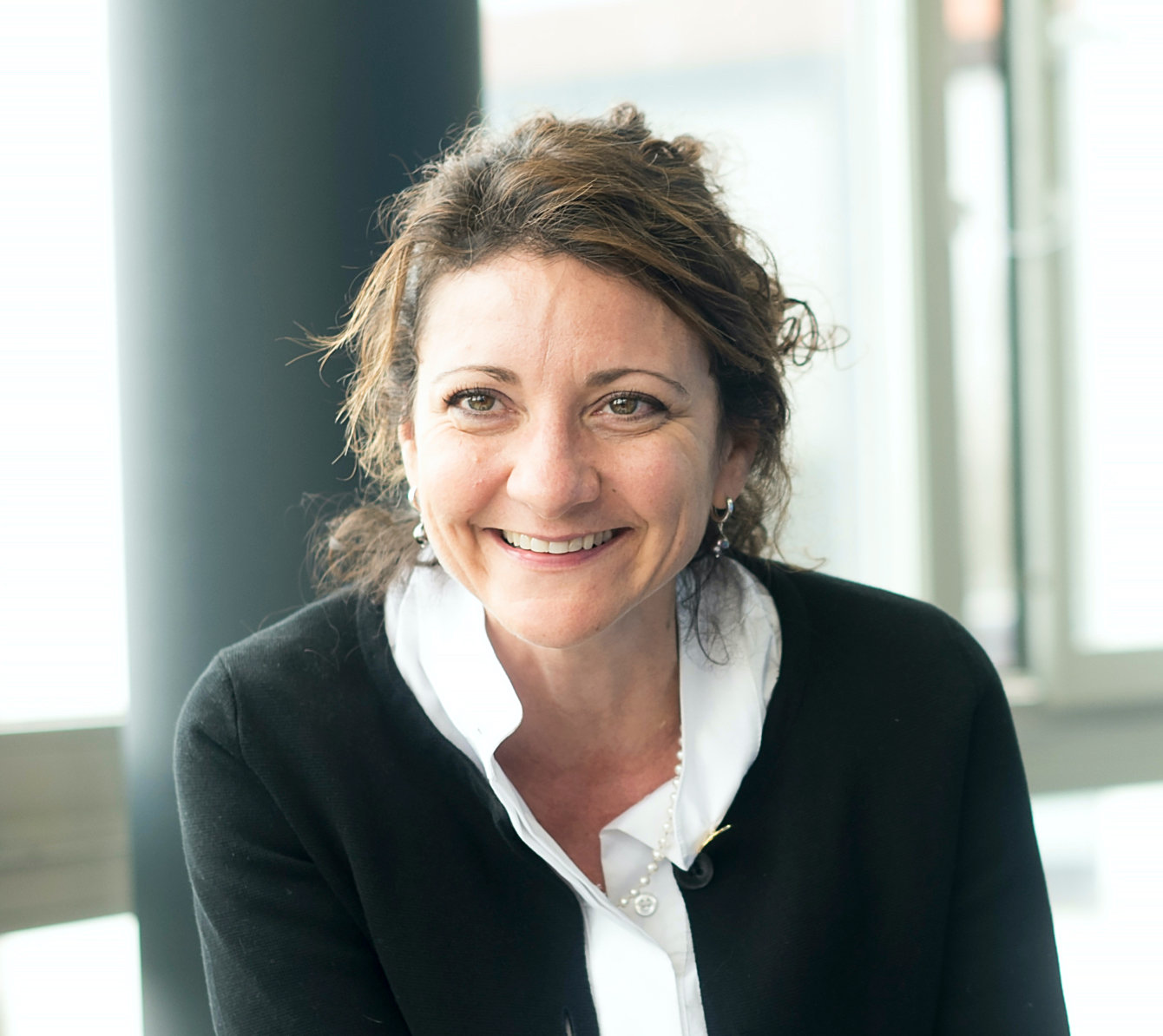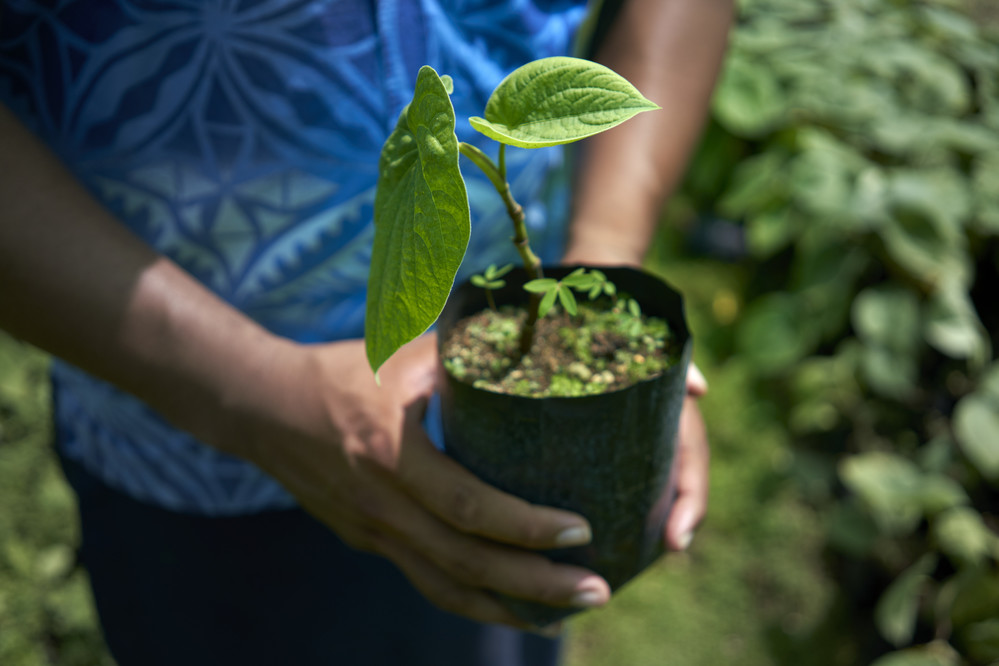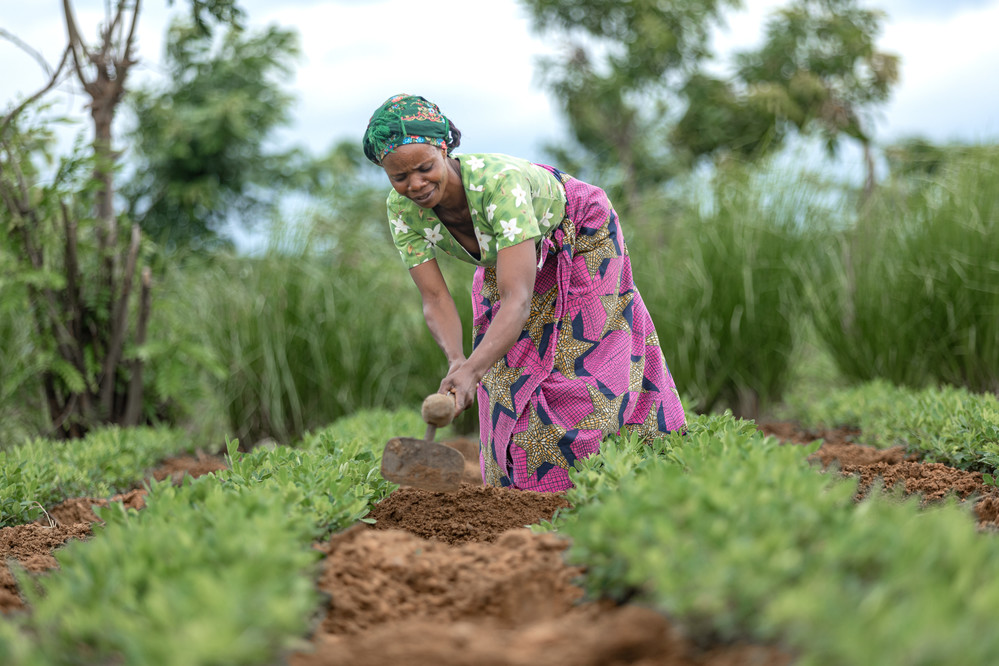
Nadia Martinez, Global Coordinator of the Council on Smallholder Agricultural Finance (2021)
Can you please tell us about CSAF and its history?
The Council on Smallholder Agricultural Finance (CSAF) is a global network of social impact lenders that promotes industry best practices and shares learning around financing to small and medium enterprises (SMEs) in the agriculture sector. It was founded in 2012 by seven pioneering lenders who, on the heels of the second microfinance crisis in India in 2011, recognized the need for lenders to collaborate in developing common standards for responsible lending to agricultural SMEs. The alliance now includes 15 members and affiliates who come together around a shared vision for agricultural finance, centered on market growth to reach more of the unmet demand, responsible lending practices, and social and environmental impact. CSAF members collectively lend USD 700M each year to hundreds of agricultural SMEs globally.
Please tell us about yourself and your role at CSAF.
I started my career in my native Latin America, promoting development funding for renewable energy. I have spent the last decade working in smallholder agriculture development in Africa, implementing programs from blended finance models to strengthening inclusive value chains. My role as Global Coordinator at CSAF allows me both to facilitate collaboration among members and to promote the network’s achievements externally. CSAF is member-led, so at the secretariat we help the members come together regularly with defined agendas based on their priorities, follow actions that stem from convenings, and distribute relevant information about the sector more generally.
As a community of investors, what do CSAF members see as the top 3 issues to address in the immediate future to bridge the agri-SME finance gap?
Between 2013 and 2016, CSAF members’ collective financing in agriculture doubled, with loans totalling USD 4.3B to agricultural SMEs, providing market access for 3.4M smallholder farmers across 65 countries in Africa, Asia, and Latin America. Following this rapid growth, annual lending has plateaued since then and the number of new borrowers has declined, as lenders struggle to identify SMEs that not only meet their impact criteria but also fit lenders’ risk-return appetite. In particular, CSAF members find it difficult to serve early-stage enterprises requiring smaller loan sizes (USD 50k-500k) or operating in less formal value chains beyond coffee and cocoa.
To bridge the capital demand and supply gap, issues that need to be addressed include:
-
High risk of lending to the agricultural sector, which according to CSAF data from East Africa, for example, is twice as high as for other sectors.
-
Substantial operational costs of agri-SME lending, which lead to low or negative returns, making the sector unprofitable and unsustainable.
-
Technical assistance to help high potential SMEs access and manage financing.
Blended finance instruments like Aceli Africa are innovative ways to solve these challenges. Aceli Africa is a CSAF-initiated facility that provides market-based financial incentives and technical assistance to mobilize private capital from social lenders and local financial institutions. Such instruments also demonstrate the value of peers and competitors working together to achieve practical results.
We joined SAFIN because we believe in the power of networks!
CSAF is the newest member of SAFIN, having joined the network in November 2020. Why did CSAF join SAFIN?
We joined because we believe in the power of networks! CSAF provides an effective platform for lenders to talk to one another, and to work together to strengthen sector practices and standards. SAFIN complements this by offering a space for CSAF members to interact and collaborate with the broader ecosystem of stakeholders involved in agricultural SME finance. SAFIN benefits by getting direct insights from those living the day-to-day experience of lending while CSAF benefits by accessing a sounding board of perspectives from different angles, thus together drawing a full picture of the agri-SME finance space.
How does CSAF plan to contribute to SAFIN?
We aim to contribute our learning as lending practitioners focused on agricultural SMEs by participating actively in SAFIN network events. CSAF also has many resources to share knowledge and experiences that are valuable to non-lenders. For example, every year, we publish the State of the Sector report, which presents and analyses data from CSAF’s 15 social lenders and identifies trends, opportunities, and challenges for unlocking much-needed agricultural financing at a global scale.

